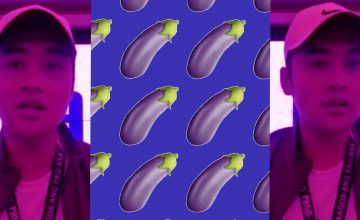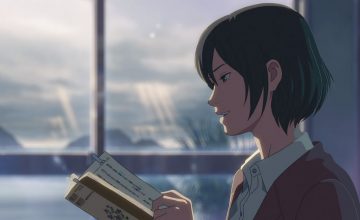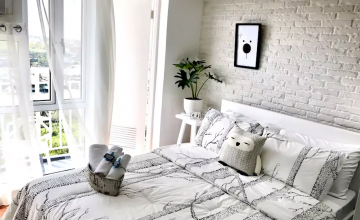Scrolling through our respective Instagram feeds, we already have an inkling on what aesthetics our generation devours. A love for nostalgia and a penchant for minimalism are quite evident. As for absurdity, we leave it all to the high fashion world and hyper pop superstars like Lady Gaga or FKA Twigs.
But for 26-year-old Davaoeño photographer Edmar Santiago, his frames aren’t about looking at the past but towards the absurd future.
He introduces himself as Edmar by birth but Natu Xantino online. He describes himself as a logical INTJ yet an emotional Scorpio from Panabo, Davao del Norte. Another important aspect about him is he’s a neo-surrealist photographer grinding on a budget with every shoot he conceptualizes.
“When I purchased my first DSLR camera, I used almost all the things in my house as props for my shoots: photocopy papers, dried leaves, some old dusty curtains and many more,” says Edmar on his creative origins. “I enjoyed it as I brought the beauty out of those things.”
“It feels liberating to experiment without thinking about the established rules or the pressure of being appreciated.”
His interest in photography began when he caught a glimpse of “America’s Next Top Model Cycle 16” where Nigel Barker shot the models wearing Michael Cinco’s large black plastic bag couture gowns. “I thought the concept was absurd but the photos were just breathtaking. It inspired me to practice photography using my old Nokia phone, shooting myself, doing some poses, and even practicing lighting using my old study lamp.”
With a six-year-old DSLR and often dusty lenses, he never lets anything hinder him from snapping breathtaking, otherworldly photographs. His work mirrors our sweetest lucid dreams or nightmares straight out of the ether. Taking notes from artists like Lady Gaga and David Lynch, his high concept photographs are here to awe and shock possible onlookers.
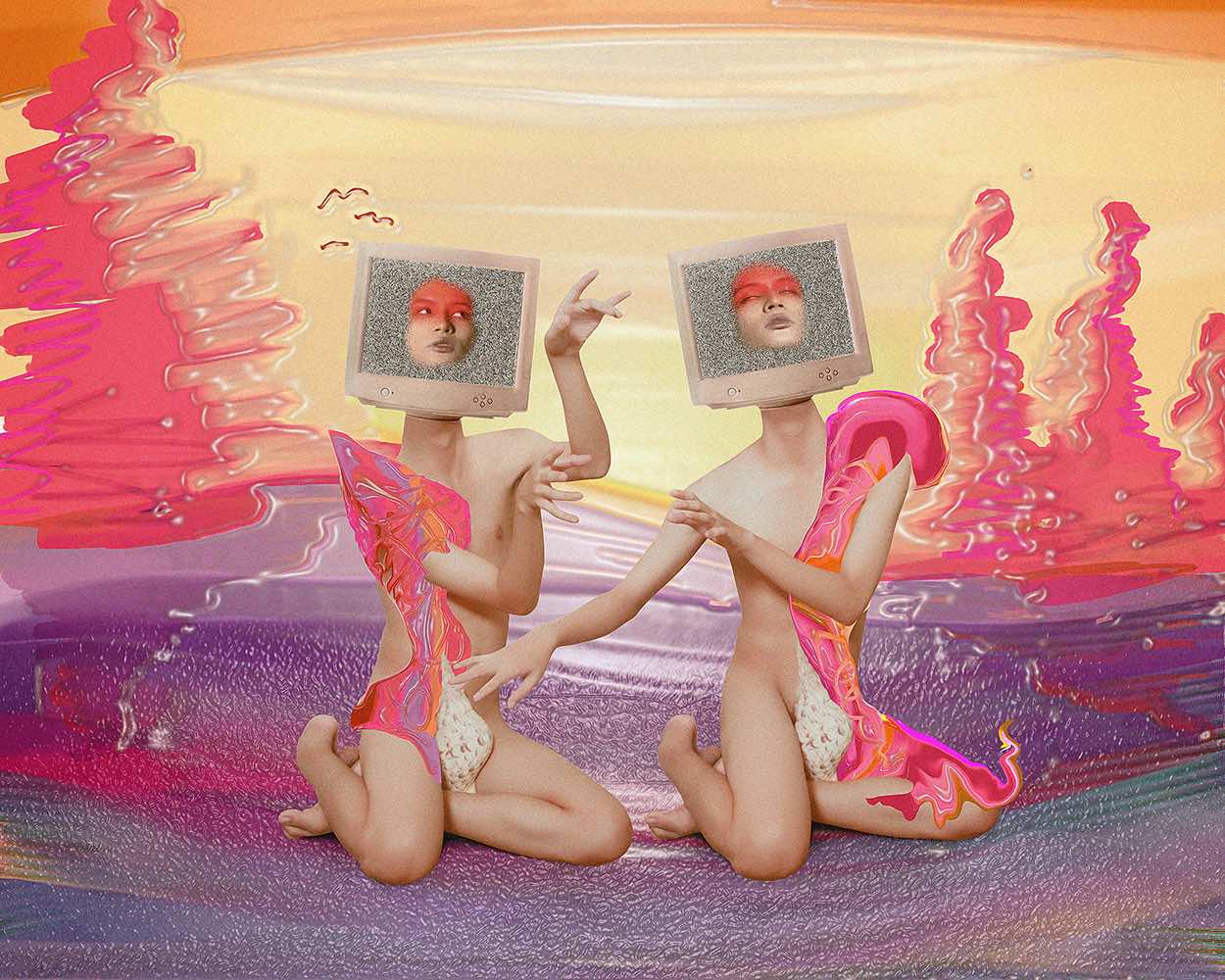
“Vivid Wasteland”
“My concepts vary in terms of visuals, but if I have to summarize all of it, it speaks to my subconscious dealing with my inner struggles, frustrations and insecurities,” explains Edmar. “Being an emotional person, I let my art express what I am feeling. It’s a venue where my emotions and creativity come into collision.”
In order to pick his brains over his work, we talked to Edmar about the evolution of his craft, the Davao art scene and the case for neo-surrealist photography today.
Why did neo-surrealism become your style of choice?
Creating meaning to absurdity and transforming irrationality to beauty is what drives me even at the early stage of my career. I am always fascinated by using random objects to tell vague yet familiar concepts because for me there’s a different world behind the visible layer of everything we see (or can’t see).
With neo-surrealism, I can create a visual story instead of just capturing the physical beauty of people, of things, or of places.
How did your photography evolve throughout the years?
I tried replicating shots I saw in magazines and ended up creating surreal images without even realizing it. So by that time, I made up my mind to explore this newfound niche. I practiced flash photography and it opened a lot of doors where my creativity soared to new heights.
Then just after a year, I learned digital editing and it opened not only doors but portals to let my creativity conquer different dimensions. As a photographer with no personal studio and limited resources, digital editing helped me realize my concepts and I learned a lot by experimenting with it.
Where do you turn to for ideas?
I usually get my ideas every time I see random things that piqued my interest. For example, when I see something out-of-place or weirdly arranged, I could generate a full-blown photography concept out of it. Sometimes I just let my mind roam freely and the concepts just come out of nowhere for no reason.
In a world currently in love with minimalism, why is it important to explore the absurd with your art?
We are thinking species and as we think, we also seek meaning. My photography is my way of exploring hidden meanings of the meaningless or of those things that seem mundane.
It feels liberating to experiment without thinking about the established rules or the pressure of being appreciated. There are a lot of things in the world, why focus on a few?
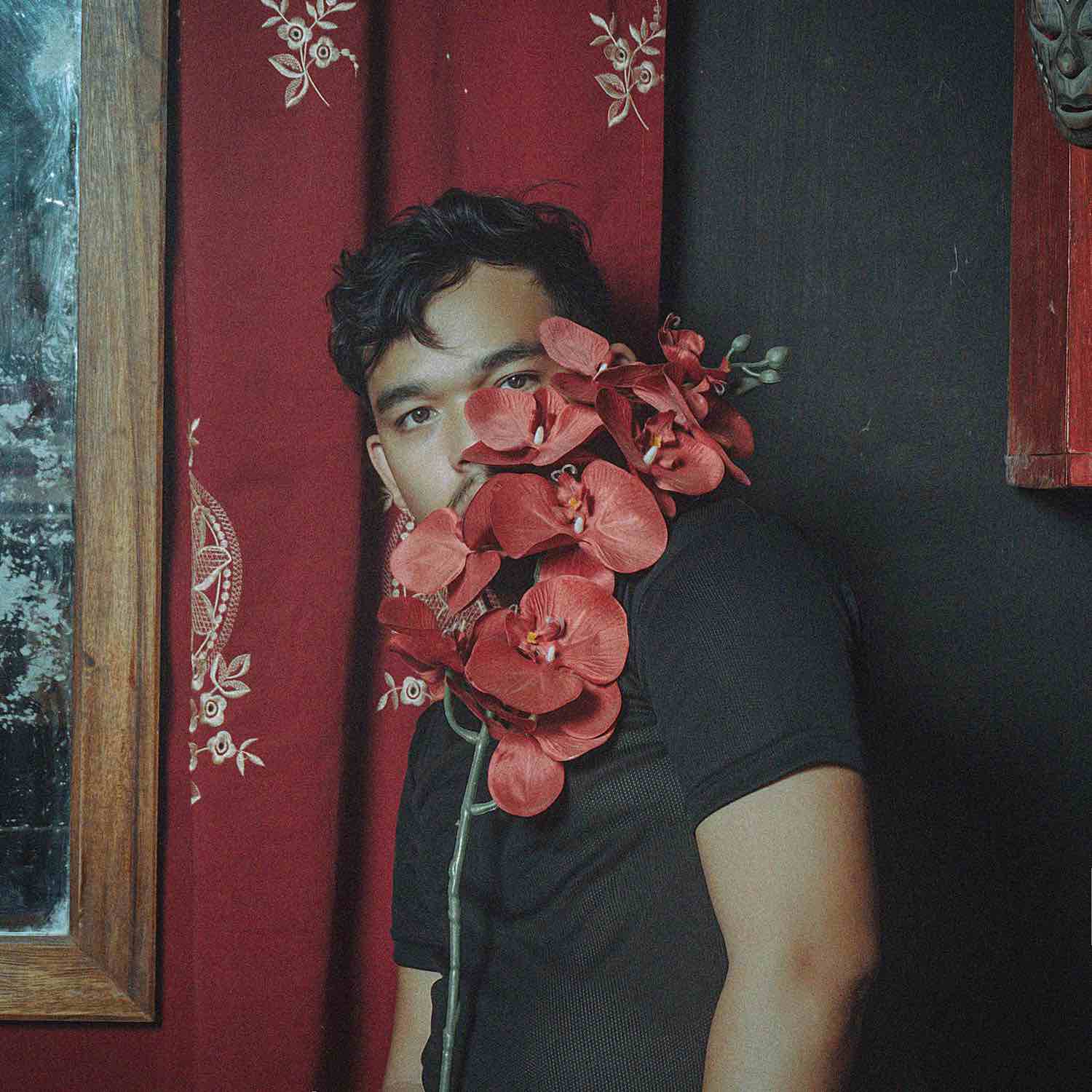
“My art helps me accept my reality and it gives me the confidence to show who I truly am.”
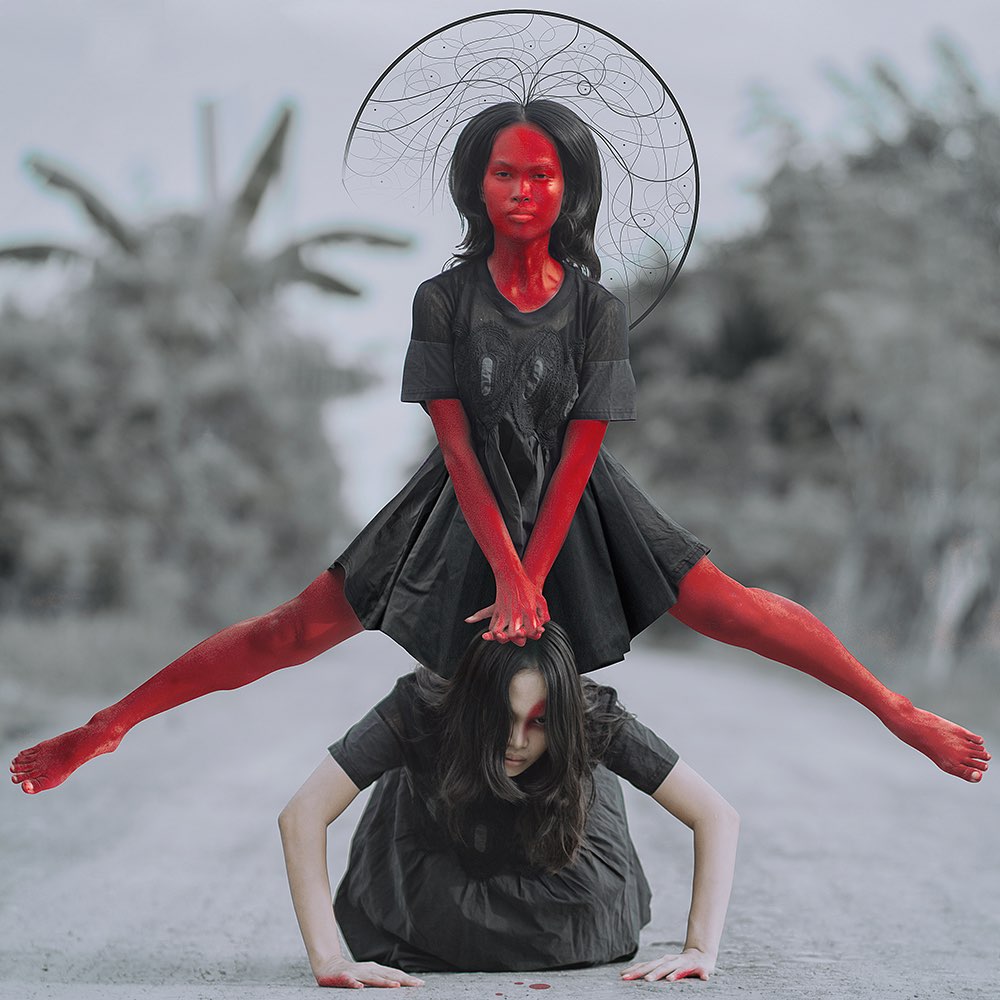
Could you tell us a little more about the Davao art scene? Was it easy for you to assimilate into it or was your hustle different?
The art scene in Davao is deeply rooted in the tradition and culture of Mindanao. We have annual film fests where people from all walks of life share their passion for film. We also have Panagtagbo, a month-long celebration of art and culture where artists are invited to participate in workshops, seminars, galas and conventions. They also invite speakers to share their craft with the participants.
I personally did not try to assimilate myself into the art scene because I don’t do works with cultural or traditional references as you need to be more careful and sensitive to it, though I submit some of my works for galleries. I love to give meaning to things and it’s unnecessary to twist and turn our culture for the sake of visuals.
“Being in a culture of bigotry, defiance through the absurdity of my art provides me the strength to let it go, let people drop their jaw.”
Is queer representation important in your art or do you see who you are as an artist and who you are as a person as mutually exclusive?
It’s awesome to be queer and have your work appreciated by people. I grew up hiding in a closet restraining my real identity. My art helps me accept my reality and it gives me the confidence to show who I truly am.
As I said earlier, my work speaks for my insecurity and hiding is part of it. Being in a culture of bigotry, defiance through the absurdity of my art provides me the strength to let it go, let people drop their jaw.
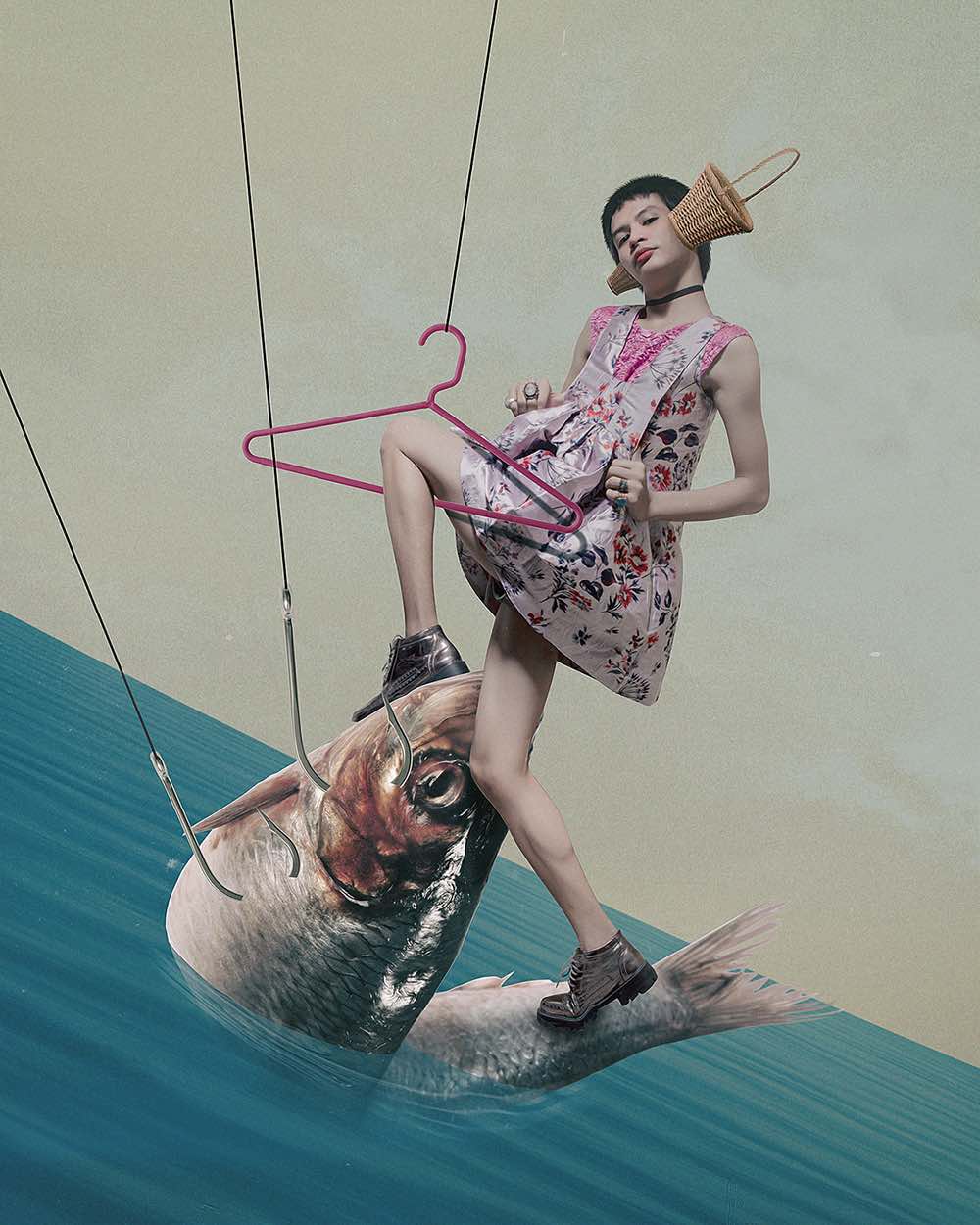
“Salty Outfitter”
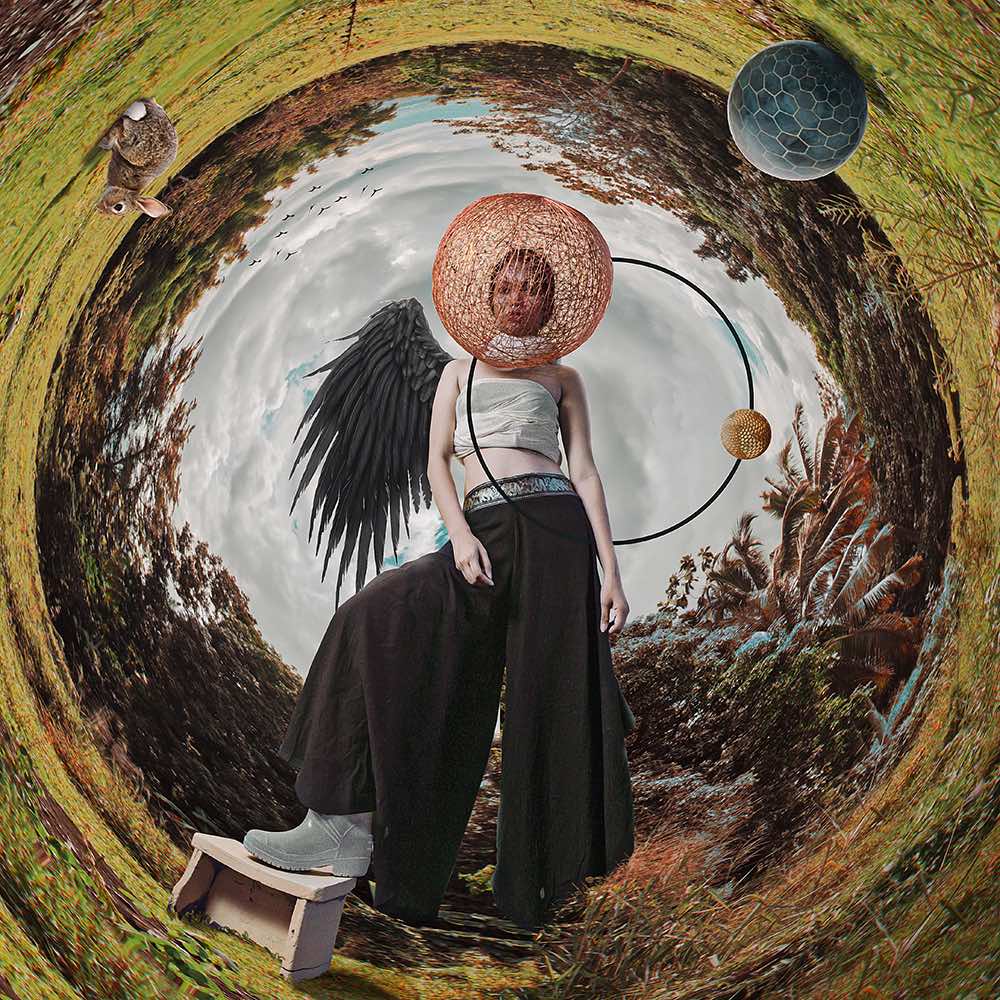
“Revolution”
If you can plot the trajectory of your success as a surrealist photographer, what would be in your game plan?
I will be more open to collaborations because in these past years I have reservations working with other people since interactions scare me, especially with strangers. I’m going to procure more equipment for my shoots so that I can create more without limitations. I am also interested in motion films and cinematography and hopefully, I am able to create conceptual films soon.
Do you have any advice for young aspiring photographers who want to emulate your style of photography?
Don’t be afraid to be different. Let loose. Don’t focus on trends or fads, they’re fleeting and will only hinder you exploring your full potential. Experiment and don’t be afraid to do unusual things.
Don’t just follow an already paved way, make your own way and make sure it doesn’t have a dead end. Always continue. Inspirations are everywhere, just open your eyes and translate everything you see or you feel into something you will be proud of. Lastly, enjoy what you’re doing and please yourself first before others.
This story is part of our #SeenOnScout series, which puts the spotlight on young creatives and their body of work. Edmar and many other creatives shared their work at our own community hub at Scout Family and Friends. Join the Scout Family & Friends Facebook group right here, and share your work with us in the group or through using #SeenOnScout on Twitter and Instagram.
Read more:
We ask creatives about finding work-passion balance through self-publishing
This digital artist sees Manila through bitmaps and pixels
This young Cebuano designer is Filipino sustainable fashion’s future
















